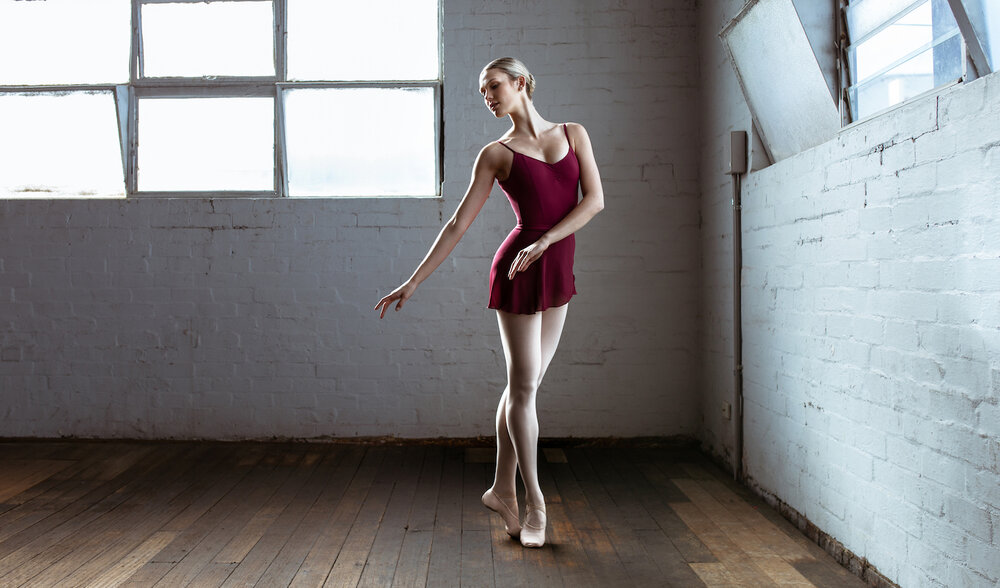Ballet shoes, good choice, good use

Hi my lovely dancers!
Today I’am going to give you some good tips in order to choose the right ballet shoes. That’s what best symbolizes a ballet dancer, isn’t it? Even if they are painful, they make aspiring ballerinas dream, eagerly awaiting the moment when they can slip their feet into those satin shoes.
 |
BALLET SHOES, PHOTO BY DANSECLASSIQUE.INFO |
The short story
At the beginning of the 19th century, many dancers started to dance on “pointe”. The Italian Amalia Brugnoli and the French Geneviève Gosselin were the first to attempt the experiment. But it was Marie Taglioni who popularized them in the Sylphide in 1832. Romantic ballet emphasizes the spikes that make the dancer more airy and lighter. In the twentieth century, the slipper began to change to become the one we know today with reinforced soles and toes.
Anatomy of a pointe shoe
The toes are satin slippers, lined in canvas with a leather sole.
- The toe, on which the entire weight of the body rests in a balanced position, is called the platform. More or less square, it is made of a superimposition of canvas and paper. The part that wraps around the toes is called the box. Depending on the shoe model, it is more or less wide.
- The upper covers the top of the foot. The stronger the instep, the higher it has to go.
- The sole is narrower and shorter than the foot. The shank, a rigid shape designed to define the arch, is inserted into the thickness of the sole. Professional dancers, unlike other dancers, more often use short, fairly flexible shanks.
 |
PHOTO BY ARCDANSE, “PASSAGES”, 2019 CREATION |
At what age to start?
To start pointe you need to have acquired a good half-toe work and a great muscular strength in the ankle and foot. Only the teacher is able to decide whether or not the student is able to start pointe. Generally, one can start at about 11 or 12 years of age.
Choosing them well
Better try on your new slippers with dance tights. The “box” (the inside of the shoe) should fit the shape of your toes. They should not be compressed. It’s up to you to find a shoe whose sole has a hardness adapted to the strength of your foot. Check that the shoe is the right size by pinching it in the heel. If not, it is too small. On the other hand, if you can fit a finger under the vamp, it’s too big.
S.O.S. Toe abuse!
To protect your toes, there are more effective remedies than the raw meat that some dancers used until a few years ago to relieve pain. Despite their somewhat high cost, silicone tips are very effective. Less expensive but more fragile, fabric or foam tips absorb perspiration and protect the foot. Toe spacers prevent blisters, but increase the width of the foot and can destabilize the balance. Finally, you can slip a little carded cotton – never cotton wool – into the toe tips to reduce pressure on the toes.
A little anecdote: a professional dancer uses a dozen pairs of pointe shoes a month!
